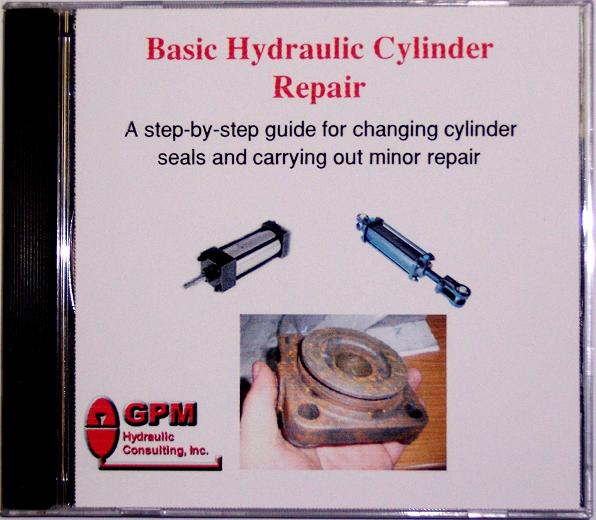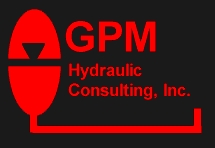
P.O. Box 1376
Monroe, GA 30656
(770) 267-3787 gpm@gpmhydraulic.com
For an archive of past newsletters, please visit:
http://www.GPMHydraulic.com/newsletter_archive/
CLICK HERE to send this newsletter to a friend!
|
'Troubleshooting Hydraulics' Newsletter |
||||
|
||||
|
In This Issue |
||||
|
2. Call GPM for Emergency Hydraulic Troubleshooting 3. Is It Time For A Hydraulic Reliability Assessment At Your Plant? 4. My Machine is Moving More Slowly Than it Should |
 By
Al Smiley
By
Al Smiley
Hank Ayers
Hank has 18 years experience in servo and proportional valve repair. Hank's expertise was an invaluable resource years ago when we developed our one-day Troubleshooting Proportional Valves workshop. We expect his extensive hydraulic experience to be a considerable asset to the furtherance to GPM's mission.

Chris Dellinger
Son of GPM's Alan Dellinger, Chris has grown up around hydraulic consulting and promises to be a welcome addition to the GPM team. Chris has been doing an excellent job drafting on a contract basis for quite some time. His enthusiasm and strong work ethic should enable Chris to advance to a full fledged instructor and consultant very soon.
1 to 2 tablespoons vinegar
Pinch or two of granulated sugar
Fresh garden lettuce, rinsed
1/3 cup chopped green onions
Crumbled bacon (optional)
Heat bacon grease in saucepan on medium heat. When grease begins to simmer, stir in vinegar and sugar to taste. Toss the lettuce and chopped green onions together. Remove grease mixture from heat and serve immediately to the side of the salad. Garnish with crumbled bacon bits, if desired.
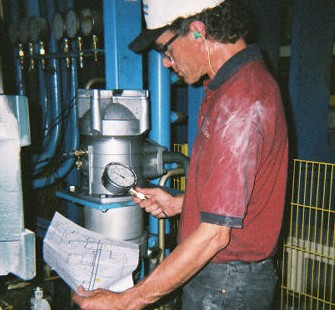
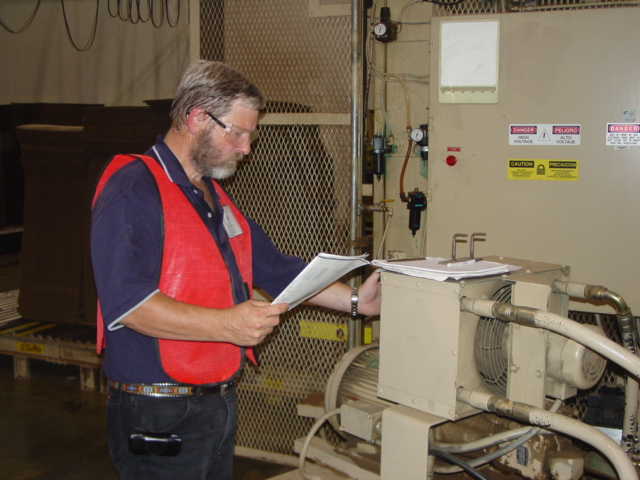
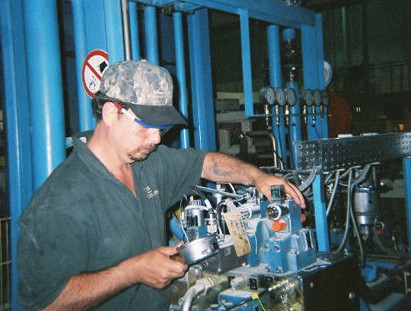
Nothing is more expensive than unscheduled down time. GPM’s customers know they can call whenever they have a troubleshooting issue they simply can’t resolve. With over 50 years experience dealing with hydraulic failures, our consultants have the resources to help troubleshoot whatever hydraulic problem you encounter. Whether you’re experiencing a total system outage, repeated component failure or just need a professionally designed preventive maintenance schedule, the consultants at GPM can help. Call GPM for
In-plant Troubleshooting
Leakage Problems
Pressure Settings
Shock Problems
Preventive Maintenance Scheduling
Hydraulic Troubleshooting Manual Development
Startup Consulting and
Recommendations
Heat Problems
Repeated Component Failures
Speed Problems
Do you want to learn more about how GPM can help you? Go to http://gpmhydraulic.com/troubleshooting.htm
- Testing of the pump(s) to determine if the proper volume is being delivered to the system. By making this test regularly the pump can be replaced on a down day and not when it fails and interrupts production.
- Checking the accumulators to make sure they are properly pre-charged which is necessary to achieve the desired speed to maintain production.
- On any given hydraulic system, there should be some lines that are hot (above 130 degrees), warm (100-130 degrees), and cool or at ambient temperature. By checking the temperature of these lines on a regular basis a component failure can be found before the system fails completely.
- One of the main issues in a hydraulic system is leakage. One drop of oil that drips once per second will lose 405 gallons a year. If leakage is occurring there is a reason for it. Our consultant will identify the cause of the leak and recommend the necessary fix to prevent it from occurring in the future.
- One of the biggest problems in systems today is that the pressures are out of adjustment which causes excessive force, heat, leakage and wasted electrical energy. Our consultant will identify any pressure setting issues and many times correct them during the assessment.
- Check to verify that the pipe and tubing
clamps are properly spaced and are of the proper type.
Make sure that the hoses are properly installed to prevent pre-mature failure and oil loss. - Check the condition of the filters if a visual or electrical indicator is available.
- Verify that the air and water heat exchangers are operating properly to reduce the oil temperature to an acceptable level. If the oil temperature is above 140 degrees then oil will start breaking down causing sludge and varnish in the system.
- Check the condition of the breather cap and recommend a maintenance schedule.
- Sound checks to determine pump cavitation, aeration or valves bypassing in the system.
Schedule a Reliability Assessment at your plant today for a full report
on the condition and recommended improvements for your systems. Then by
using the customized Reliability and P.M. Schedule downtime, parts cost
and oil loss will be reduced.
 By Jack Weeks
By Jack Weeks - The rate of oil flow
- The size of the actuator
- Size of the orifice
- Pressure drop across the orifice
- Oil temperature
We must first determine if the pump is actually delivering less flow or if the the flow that is delivered is not being used efficiently by the machine. As a pump wears, internal bypassing increases and the output at the pressure line decreases. In variable displacement pumps with case drains, the case flow can be measured to determine the condition of the pump. For most pumps, case flow of more than ten percent of the total output indicates severe wear.

There are exceptions to this, so check the pump documentation for acceptable levels of case flow. This information and much more can be downloaded from the manufacturer's website. Fixed displacement pumps usually have no case drain. Higher than normal case temperature and lower than normal current draw of the drive motor are both good indicators of fixed displacement pump wear but this presupposes that you have some idea what "normal" is. To test a pump, its flow under load should be compared with its flow at no load. There should be no significant difference. If the flow drastically decreases under load, the pump is worn and should be replaced.

If the pump is confirmed to be good, then the machine is not using the flow efficiently. Valves and actuators must be tested for bypassing. Methods will vary by application, but if more than a small trickle of bypassing is noted, the component will need to be repaired or replaced. Flow meters and gauge ports in strategic locations can be invaluable when making these types of checks.
Of course, regular maintenance checks can spot potential problems before they become outages. A few minutes invested each month measuring temperatures, pressures, current draw and case flow is the key to hydraulic reliability.
If you've found our newsletter informative and beneficial please click here to tell your co-workers and friends.
A step-by-step guide for changing cylinder seals and carrying out minor repair. The manual contains disassembly, inspection of parts, minor repair, assembly, examples of seal failures and their causes, hydraulic cylinder speeds, metric/inch conversion table, fluid power formulas, rod and piston groove diameters.
$24.99 + Shipping & Handling
Site Index
[Home] [Our Training] [Hydraulic Consulting] [Safety Webinars] [System Flushing] [Our People] [Downloads and Multimedia] [Testimonials] [Hydraulics Quiz] [GPM Store] [Upcoming Events] [Contact Us]
GPM Hydraulic Consulting, Inc.
Box 1376
Monroe, GA 30655
(770) 267-3787

